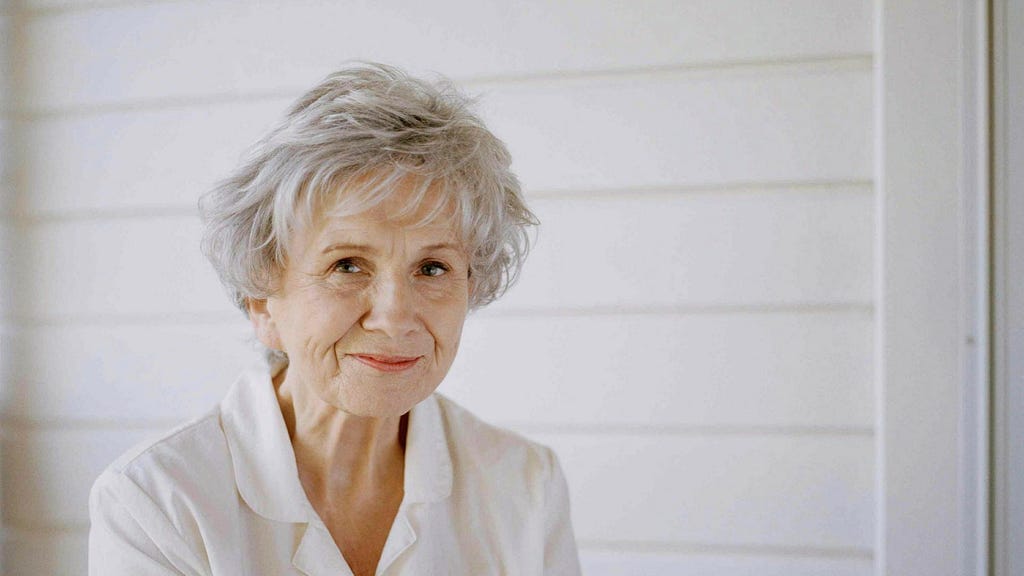The anecdote about the misinterpretation of Harriet Löwenhielm’s poem ”Jakt på fågel” serves as a springboard for a broader discussion about the role of authorial biography in literary analysis. The poem, which opens with the lines ”Tallyho, Tallyho, I have shot a dodo / a dodo I have shot with a flintlock rifle,” was mistakenly interpreted as depicting an elk hunt. While this misreading is clearly absurd, the author’s initial reaction was surprisingly empathetic towards the misinterpreter, understanding the train of thought that led to the erroneous conclusion. This anecdote highlights the inherent tension between literal interpretation and the subjective nature of understanding art.
The discussion then shifts to the evolution of literary criticism. For a considerable period, the dominant critical approach, often referred to as ”New Criticism,” vehemently discouraged any consideration of the author’s biography in interpreting their work. The author’s life was deemed irrelevant, and the text was treated as a self-contained entity. However, recent decades have witnessed a shift away from this rigid stance, with a renewed acceptance, even encouragement, of incorporating biographical context into literary analysis. The author is no longer considered ”dead” in the Barthesian sense, and their lived experiences are increasingly viewed as legitimate factors informing the interpretation of their work.
This shift in critical perspective is exemplified by the recent controversy surrounding Alice Munro. Following revelations about her husband’s abuse of their daughter, a debate erupted about how this knowledge should, if at all, influence our reading of Munro’s work. Aftonbladet’s Rasmus Landström argues that this revelation potentially diminishes Munro’s work, suggesting that in our current era, where the lines between public and private life are increasingly blurred, it’s impossible to completely separate an author’s life from their art. This stance reflects a growing tendency to hold artists accountable for their personal actions and to examine their work through the lens of their moral character.
Opposing this view, Expressen’s Victor Malm criticizes Landström’s argument as a step toward ”moral bookkeeping” in literary analysis, reducing the act of reading to a judgment of the author’s character rather than an engagement with the text itself. This concern is echoed by Mikaela Blomqvist in GP, who satirically suggests that publishers should start requiring criminal background checks from authors and their families. This counter-argument underscores the danger of allowing biographical details to overshadow the literary merits of a work. The risk, critics argue, is that the focus shifts from the text itself to the author’s personal life, leading to a reductive and potentially unfair assessment of their art.
The author expresses discomfort with the idea of reading being transformed into a constant cross-referencing between the author’s life and their work, where the former becomes a definitive key to unlocking the latter. However, they simultaneously acknowledge the limitations of strict adherence to New Criticism, which by completely disregarding the author’s context, risks a sterile and ultimately incomplete understanding of the text. Both extremes, they argue, are detrimental to literary interpretation. The inherent ambiguity of art demands a nuanced and flexible approach, one that acknowledges the complexities of both the text and its creator.
The ideal approach, the author suggests, lies in finding a balance between these two extremes. Readers should be open to considering the author’s life and experiences, but not allow these factors to become the sole or dominant lens through which the work is viewed. The ”elk” of biographical context can be acknowledged, but it shouldn’t obscure the ”dodo” of the text itself. In other words, while biographical information might enrich our understanding, it should never replace the primary focus on the literary work itself, its themes, its language, and its inherent artistic merit. This balanced approach allows for a richer, more nuanced interpretation that respects both the author’s humanity and the autonomy of their art.














